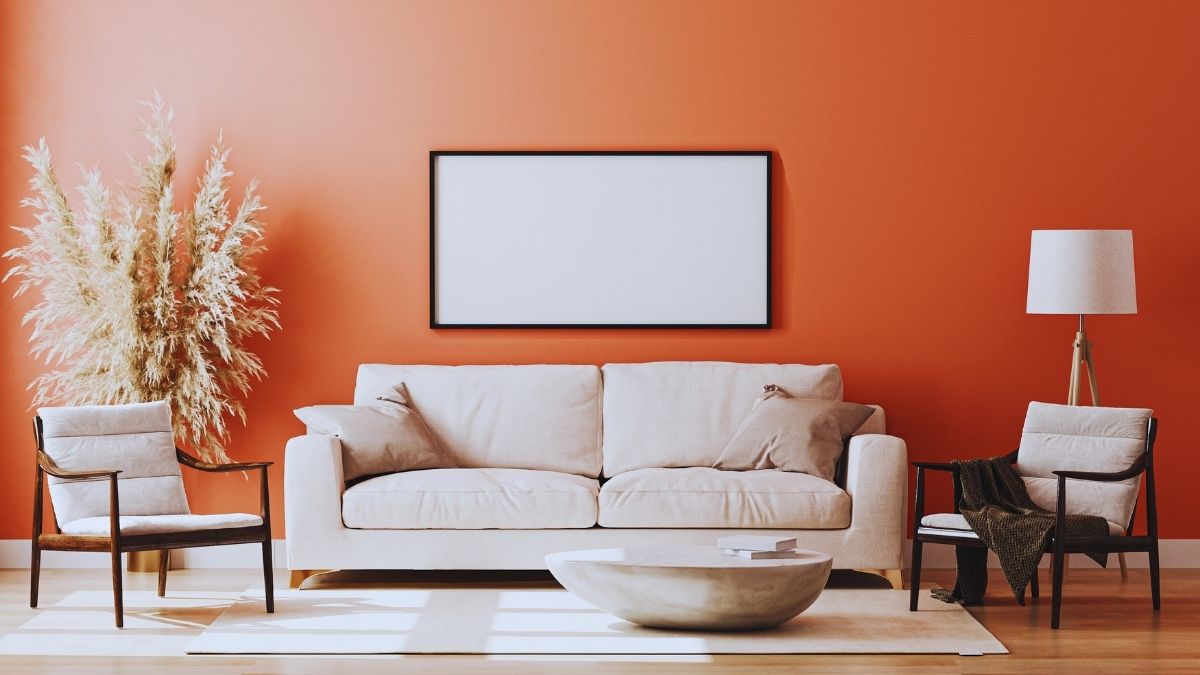Last Updated on May 6, 2025 by Kravelv Spiegel
Interior design is an ever-evolving art shaped by cultural shifts, personal expression, and innovation in materials and techniques. While trends come and go, one principle remains timeless: the need to balance form and function. Today’s interiors are not just about beauty; they must also serve a purpose. From compact city apartments to spacious suburban homes, finding harmony between aesthetics and practicality is what truly elevates a space.
The Evolution of Purposeful Design
In recent years, there has been a noticeable shift in interior trends. No longer are homeowners prioritizing appearance over comfort or utility. Instead, there’s a rising appreciation for designs that deliver both visual appeal and thoughtful functionality. Minimalist approaches, multifunctional furniture, and sustainable materials are all indicators of this movement. People want homes that look good but also feel good to live in — spaces that support their lifestyle rather than dictate it.
Form Meets Function in Today’s Materials
Modern designers are embracing innovative materials that offer durability without sacrificing style. Concrete, for example, once seen only in industrial spaces, is now used for countertops, sinks, and even furniture, thanks to its clean aesthetic and sturdy nature. Similarly, engineered wood and recycled metals provide beauty and longevity, allowing for creativity in design while being kinder to the planet.
The key lies in how these materials are used — combining soft textures with hard surfaces or pairing bold colors with neutral tones to create dynamic yet cohesive environments. Functionality is no longer hidden; it’s integrated into the design narrative.
Art Deco: Where Elegance and Utility Intersect
A prime example of balancing form and function can be seen in the enduring popularity of Art Deco. This style, born in the 1920s and 30s, is known for its geometric patterns, luxurious materials, and sense of glamour. But beyond its unmistakable visual flair, Art Deco also embraces structure and practicality.
Today, art deco furniture is enjoying a revival. Collectors and modern homeowners alike are drawn to its clean lines and architectural quality. Whether it’s a sleek sideboard with ample storage or a stylized chair offering comfort and style, Art Deco proves that functional pieces can be showstoppers in any space.
The Rise of Modular and Custom Pieces
One of the strongest ways homeowners and designers are achieving a balance between function and form is through modular and custom-made furniture. These pieces are tailored not only to fit the space but to serve multiple purposes. Think of a bench that doubles as storage or a bookshelf that functions as a room divider. These innovations reflect a growing awareness of how our environment shapes daily life.
Custom-built solutions, especially in smaller homes or apartments, help maximize limited space while offering a chance to express personal style. This practical creativity is what makes modern interiors feel uniquely lived-in.
Styling for Everyday Living
It’s easy to get caught up in showroom perfection or social media aesthetics, but the most successful interiors are those that consider the rhythms of real life. Soft furnishings, ambient lighting, and tactile materials all contribute to a sense of comfort. Meanwhile, clever layouts and flexible furniture choices ensure rooms remain usable day-to-day.
Design isn’t about impressing others; it’s about improving how we live. Whether that means investing in vintage furniture with built-in utility or choosing minimalist designs that leave room to breathe, the goal is always the same: to create harmony between form and function.
Final Thoughts
As interior trends continue to evolve, one thing is clear: the best spaces are those that balance beauty with purpose. From the timeless allure of Art Deco furniture to modern modular solutions, today’s interiors reflect a desire for thoughtful, livable design. In a world where our homes must work harder than ever, merging form and function is not just a trend — it’s a necessity.

